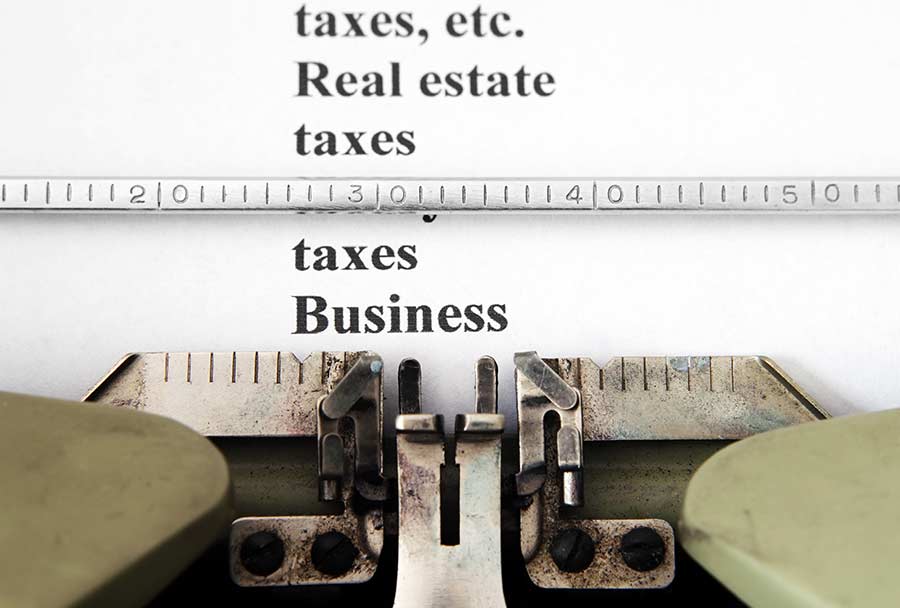If you use an online marketplace – such as Amazon, eBay or Etsy – to run your small business, the IRS may be taking a closer look at your income. Beginning this year, the IRS is requiring third-party payment processors, including PayPal, to issue a 1099-K form to online sellers who meet certain requirements.
The following are some of the most frequently asked questions about the new 1099-K forms.
What is Internal Revenue Code (IRC) Section 6050W?
When the Housing Assistance Tax Act of 2008 was signed into law, it included a provision which added Section 6050W to the federal tax code. Section 6050W was essentially designed to allow the IRS to better track online payments in order to ensure that businesses that operate via the Internet are accurately reporting their gross income when filing their taxes.
Who is Eligible to Receive a 1099-K?
In order to receive a 1099-K, you must meet two specific requirements as set forth by the IRS. Under the new legislation, payment processors will be required to issue a 1099-K to online sellers who:
- Receive a minimum of $20,000 USD in gross payment volume from sales of goods or services in a single year AND
- Have a minimum of 200 payment transactions for goods or services in the same year
Both of these requirements must be satisfied in order for you to be issued a 1099-K. It’s important to note that if you have multiple accounts linked to the same tax identification number, the aggregate amount of sales volume and transaction totals will be used to determine whether a 1099-K is necessary.
How Do I Know if I’ve Been Affected by the New Changes?
If PayPal or another company that processes your payment transactions determines that your sales volume will merit the issuing of a 1099-K, you’ll be asked to provide one of the following:
- Your Social Security Number (SSN)
- Your Employer Identification Number (EIN)
- Your Individual Tax Identification Number (ITIN)
Generally, you should provide the same number that you use when you file your taxes. For example, businesses would typically need to provide their EIN and company name. If you’re a sole proprietor or individual seller, you would need to provide your name, ITIN or Social Security Number, unless you’re registered for an EIN. You’ll also need to verify your correct mailing address to ensure that you receive your 1099-K. If you fail to provide the requested information, the payment processor may choose to suspend your account until you comply.
Do Personal Transactions Count Towards Satisfying the IRS Requirements?
If you use PayPal or another account to receive payments for goods and services as well as payments for personal transactions, the payment settlement company is required to distinguish between these transactions for the purposes of 1099-K reporting. If you’re concerned about these transactions overlapping, you may want to consider creating your own record of personal and business payments so you can compare your totals with those reported on your 1099-K.
For the majority of taxpayers, Form 1099-K will likely never be an issue, so there’s no need to panic if you forgot to report the extra cash you made selling your old college textbooks on eBay. However, for those high-volume sellers who rely on online sales to keep their businesses going, it may be more important than ever to maintain accurate records should you come under scrutiny from the IRS.



This almost works for simple retail merchandise and services where the amount charged matches the price of the item/service sold, but I am not sure how to apply this to my ‘money services business’ that does check cashing, western union money transfers, ATM, and other small money transfer transactions….
– ATM debits for cash, if they withdraw a few hundred dollars our fee is a $1.75, the rest belongs to the customer.
– Western Union money transfers – they send a few hundred dollars to family somewhere and the fee is $10 of which our commission is about 1/3rd and customers often pay with a debit card.
– Payday loans – cannot be paid with credit but are often paid with a debit card. On a $300 loan, our fee was $45.
– Billpay – customer pays $50 to a utility bill and pays with a debit card. $49 is transferred the next day to the utility company and we keep the $1 fee.
In all these cases except maybe the loans, the money is never ours and it belongs to someone else and is transferred to that entity the next day. Our revenue is only the service fees. And even for loans, it was my understanding that repayment of principle is not revenue.
So imagine how scared I am now that the IRS has a 1099K saying that I received $370,000 but my actual revenue is only $70,000! How is THAT supposed to work out when the Schedule C makes you put that 1099K amount directly into my gross revenues in box 1a? There is NO worksheet to separate income from ATM cash back to the customer or other non-sales portions of the transaction.
And what other problems will this cause for business taxes and insurance costs that are based on ‘revenues’ rather than net?